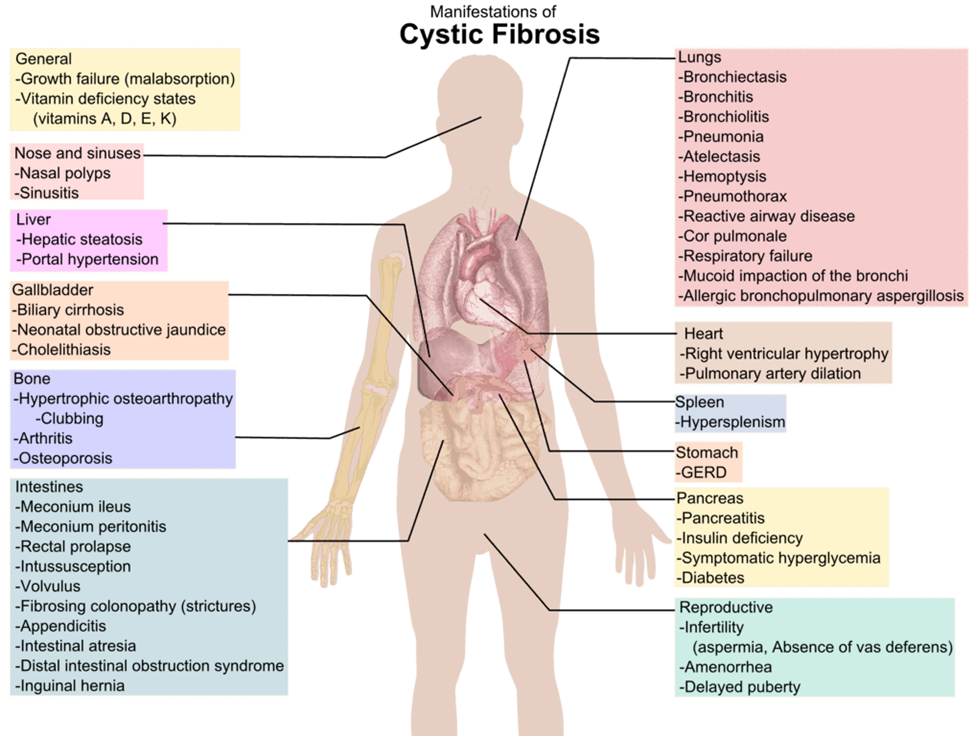The clinic nurse is providing instructions to the parent of a child with cystic fibrosis regarding the immunization schedule for the child. Which statement would the nurse make to the parent?
The immunization schedule will need to be altered."
The child will receive all of the immunizations except for the pollo series.
"The child will receive the recommended basic series of immunizations along with a yearly influenza vaccination.
The child should not receive any hepatitis vaccines."
The Correct Answer is C
A. "The immunization schedule will need to be altered."
Incorrect: This is too vague and does not provide specific information about the child's immunization schedule.
B. "The child will receive all of the immunizations except for the polio series."
Incorrect: There is no indication that the child should not receive the polio vaccine. Children with cystic fibrosis are generally recommended to receive all appropriate vaccinations.
C. "The child will receive the recommended basic series of immunizations along with a yearly influenza vaccination."
Correct Answer: Children with cystic fibrosis should receive the recommended basic series of immunizations, including vaccines for diseases such as diphtheria, pertussis, tetanus, measles, mumps, rubella, polio, Haemophilus influenzae type b (Hib), hepatitis B, and others. Additionally, they should receive a yearly influenza vaccination to help prevent respiratory complications.
D. "The child should not receive any hepatitis vaccines."
Incorrect: There is no general contraindication for children with cystic fibrosis to receive hepatitis vaccines. The nurse should recommend the appropriate vaccines, including those for hepatitis B, as per the standard immunization schedule.

Nursing Test Bank
Naxlex Comprehensive Predictor Exams
Related Questions
Correct Answer is B
Explanation
A. Shows preferences towards foods
Explanation: Showing preferences towards foods, such as liking some tastes more than others, is a normal developmental behavior in infants. It is not typically a cause for concern.
B. Babbles one-syllable sounds
Explanation:
By the age of 7 months, most infants should be engaging in babbling with repetitive consonant-vowel combinations. If an infant is only producing one-syllable sounds at this age, it might be a potential sign of delayed language development. Further evaluation by a healthcare provider, such as a pediatrician or a speech-language pathologist, may be warranted to assess the child's language and communication skills.
C. Uses a unidextrous grasp
Explanation: A unidextrous grasp, where the infant uses one hand to grasp objects, is a typical developmental milestone at this age. Infants typically begin to show a dominant hand preference later in their development.
D. Has a fear of strangers
Explanation: Fear of strangers, often referred to as "stranger anxiety," is a normal developmental stage that typically emerges around 6 to 9 months of age. It is a sign of social and cognitive development and is not generally a cause for concern.
Correct Answer is B
Explanation
A. Changes in the voice signal the beginning of puberty.
Explanation: Changes in the voice, specifically deepening, are associated with puberty, but they typically occur later in puberty. The voice change is related to the growth of the larynx (Adam's apple) and tends to happen after other physical changes.
B. Gynecomastia commonly occurs during late puberty.
Explanation:
Gynecomastia, the development of breast tissue in males, is a common occurrence during puberty. It is often temporary and tends to happen during late puberty. The enlargement of breast tissue can be a source of concern for adolescent boys, and providing information about the normalcy and temporary nature of gynecomastia can be reassuring for both parents and boys.
C. Puberty might be delayed if scrotal changes have not occurred by the age of 11 years.
Explanation: The timing of pubertal changes can vary among individuals. While certain age ranges are provided as general guidelines, the absence of scrotal changes by a specific age does not necessarily indicate delayed puberty. Puberty is a gradual process with individual variations.
D. Growth spurts in height occur toward the end of midpuberty.
Explanation: Growth spurts in height, known as the adolescent growth spurt, typically occur during midpuberty. This phase is marked by rapid growth in height, changes in body composition, and the development of secondary sexual characteristics.
Whether you are a student looking to ace your exams or a practicing nurse seeking to enhance your expertise , our nursing education contents will empower you with the confidence and competence to make a difference in the lives of patients and become a respected leader in the healthcare field.
Visit Naxlex, invest in your future and unlock endless possibilities with our unparalleled nursing education contents today
Report Wrong Answer on the Current Question
Do you disagree with the answer? If yes, what is your expected answer? Explain.
Kindly be descriptive with the issue you are facing.
